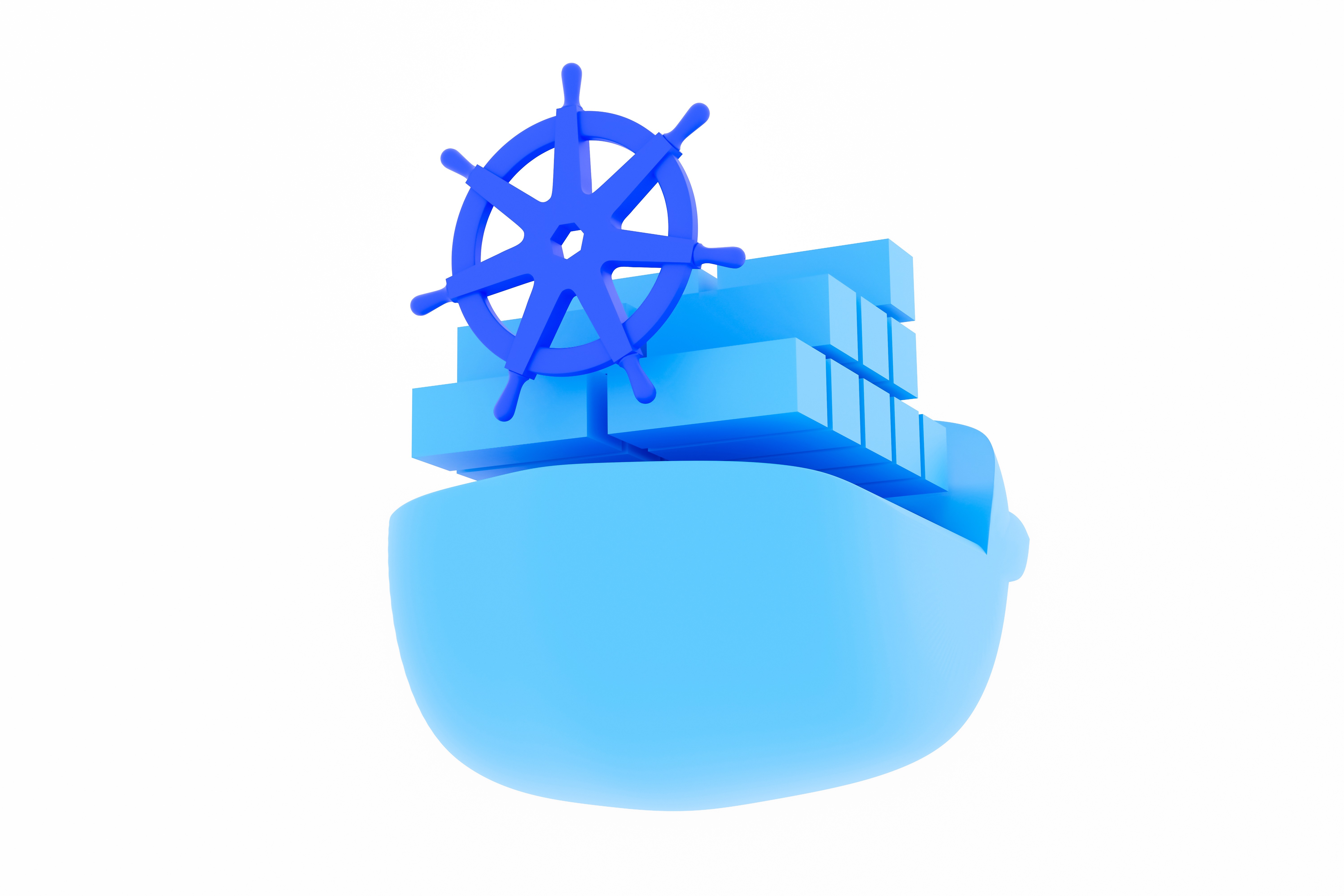Kubernetes for Modern Data Engineering
Situation
A client needed to set up a scalable and efficient data engineering environment to orchestrate complex workflows and manage data pipelines. The challenge was to deploy Apache Airflow on Kubernetes for workflow management, utilize Kubernetes Dashboard for cluster management, and ensure smooth integration and visibility of DAGs (Directed Acyclic Graphs) within Airflow. This required leveraging Kubernetes, Docker, and Helm to create a robust, containerized environment capable of handling the demands of modern data engineering tasks.
Task
The objective of this project was to build an end-to-end data engineering solution by:
- Setting up a Kubernetes cluster on Docker and configuring it for optimal resource management.
- Deploying and configuring Apache Airflow on Kubernetes using Helm charts to orchestrate complex workflows.
- Ensuring the visibility and functionality of DAGs within Airflow by correctly configuring file paths and syncing mechanisms.
- Utilizing Kubernetes Dashboard for intuitive cluster management and monitoring.
- Troubleshooting and resolving common issues related to DAG visibility, port binding, and Helm installations.
Action
The project was executed through the following steps:
Kubernetes and Docker Setup:
- Enabled Kubernetes on Docker Desktop, ensuring the environment was prepared to handle Kubernetes workloads.
- Configured kubectl for seamless interaction with the Kubernetes cluster.
Deploying Kubernetes Dashboard:
- Created a dedicated namespace for the Kubernetes Dashboard and applied the recommended YAML file to deploy the Dashboard.
- Set up a ClusterRoleBinding to grant admin access, ensuring comprehensive control over the cluster.
Running Apache Airflow with Helm:
- Installed Apache Airflow on the Kubernetes cluster using Helm charts, ensuring all components were correctly configured for a production-like environment.
- Configured the `values.yaml` file to ensure that DAGs were correctly mounted and visible within the Airflow UI.
Troubleshooting and Optimization:
- Addressed DAG visibility issues by correcting the file path in the Helm configuration and resolving syntax errors in the DAG files.
- Restarted the Airflow scheduler and verified DAG synchronization by inspecting the relevant directories within the Airflow pods.
- Resolved port binding issues when accessing the Airflow UI by identifying and terminating conflicting processes, then successfully re-establishing port forwarding.
- Managed and monitored the Kubernetes cluster using the Dashboard, ensuring all components ran smoothly.
Result
The project delivered a fully operational, scalable data engineering environment using Kubernetes and Docker. The setup enabled:
- Efficiency: Streamlined deployment and management of workflows using Apache Airflow on Kubernetes, reducing the complexity and time required for configuration.
- Scalability: The Kubernetes-based setup allowed clients to scale their workflows and manage resources effectively quickly.
- Visibility: The Kubernetes Dashboard provided an intuitive interface for monitoring the cluster, while Airflow's DAGs were correctly synchronized and visible, ensuring smooth workflow orchestration.
- Troubleshooting: Common issues such as DAG synchronization failures and port binding conflicts were effectively resolved, ensuring the system's reliability.
Conclusion
This project demonstrates the successful deployment of an end-to-end data engineering pipeline on Kubernetes, showcasing the ability to manage containerized applications, orchestrate complex workflows, and troubleshoot common Kubernetes and Airflow issues. The final solution provided the client with a scalable, efficient, and easy-to-manage environment for their data engineering needs, highlighting the power of Kubernetes and Docker in modern data workflows.





